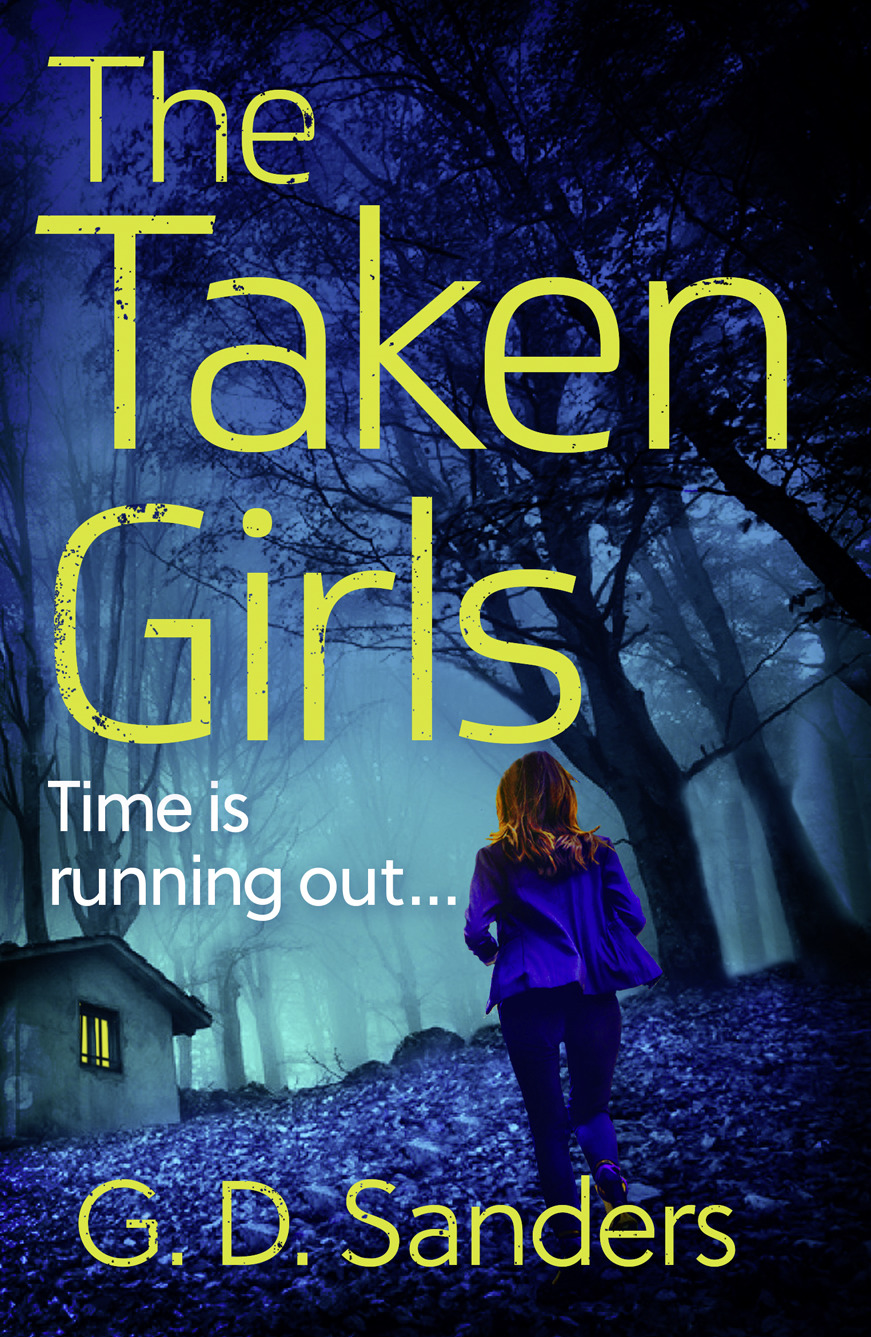To celebrate the release of G.D. Sanders' debut novel The Taken Girls - out now - we asked the author to share some things he may like his readers to know about him. Here's what he had to reveal...

1. My first thought is there is nothing particularly important for my readers to know about me except I hope they will enjoy my novels and post reviews recommending the books to other readers. So, in my head, I’ve re-phrased this title as 10 things I think my readers might like to know about G. D. Sanders, the writer.
2. I write contemporary crime novels in which I avoid explicit violence. My debut, The Taken Girls, is published by HarperCollins Avon as an e-book on December 13. The follow-up is scheduled for publication on June 27, 2019. These two novels are the first in a planned series, set in Canterbury Kent, and featuring a female detective, DI Ed [Edina] Ogborne, as the central protagonist. The books are dark-hearted police procedurals with a core team of four detectives: Ed and her colleagues, DS Mike Potts, DC Jenny Eastham and DC Nat Borrowdale. Aspects of their personal lives are woven around the investigations and some of these subplots continue from one novel to the next. Although the nucleus of each story is the police investigation, I examine the worlds of perpetrator and victim, devoting space to exploring their personalities, motivation and the impact of the crime on their lives. Readers will find they are spending almost as much time with the victims and perpetrators as they are with Ed and her colleagues.
3. When I first attempted to write fiction, my packing for holidays would include three gel pens and a blank notebook. I’d return with the opening chapters of what I thought would be a novel, but there were no character sketches, no plot outline, and no chapter summaries. I suppose I had an idea in my head of what the story would be and where the plot was going but it was vague and certainly not written down. The notebooks were placed in a drawer and never opened again.
4. Even when writing became a serious endeavour, my approach remained somewhat haphazard. A story would begin with an unelaborated notion, often an image, around which I would start to write, developing characters and doing research as required. I enjoyed the freedom to follow an idea, although plot demands and research often necessitated substantial revisions to early chapters. By this time, I would have an idea of the end, appropriate story developments would emerge, and I would start to produce a timeline and chapter summaries.
5. My first completed manuscript was an historical spy novel stimulated by reading late seventeenth century authors. I thought the conceit was original and the plot a page-turner, although the structure was idiosyncratic and the writing style esoteric. Literary agents agreed – with each other, not with me.
6. When my historical crime manuscript was unanimously rejected by literary agents, I decided to switch to crime, a genre I’ve always enjoyed, and my development as a writer began in earnest on the Curtis Brown Creative novel writing course. I profited immensely from the guidance of the Course Director, Anna Davis, and the course tutor, Nikita Lalwani. One of our exercises was to write a scene stimulated by an article in a newspaper and to set it in the context of our novel. My 500-word piece, revised and expanded, appears in The Taken Girls. Towards the end of the course, I split my work-in-progress to form the bases of my first two novels; some chapters, written at that time, appear almost unchanged in The Taken Girls and its follow-up.
7. I write on a computer facing a pin board with an OS map of East Kent, a tourist map of Canterbury and photographs of particular streets which appear in my novels. Those items are surrounded by favourite postcards and schedules of work – my writing has become more organised. To keep track of the story, I use a diary for the year(s) in which my novel is set.
8. Toast and coffee aside, my essential writer’s aid is a cocktail stick to transfer snacks from plate to mouth. No one wants sticky fingers on a keyboard.
9. I don’t have a fixed time of day for writing, nor do I set myself a word count target, but I may work to deadlines for a particular piece. I no longer leave myself middle-of-the-night notes, but I sometimes get up between 3am and 6am to write for an hour or two. Whenever that happens, I take a nap before starting the day proper.
10. I am sometimes asked what I like most about writing. I’m lucky, I like it all. If I were asked to say what it takes to become a successful writer, I’d say, we are all different, but for me it’s been a desire to write, self-belief, determination and persistence, sustained by the regular support of friends in a writers’ group.
The Taken Girls by G.D. Sanders is available now.

